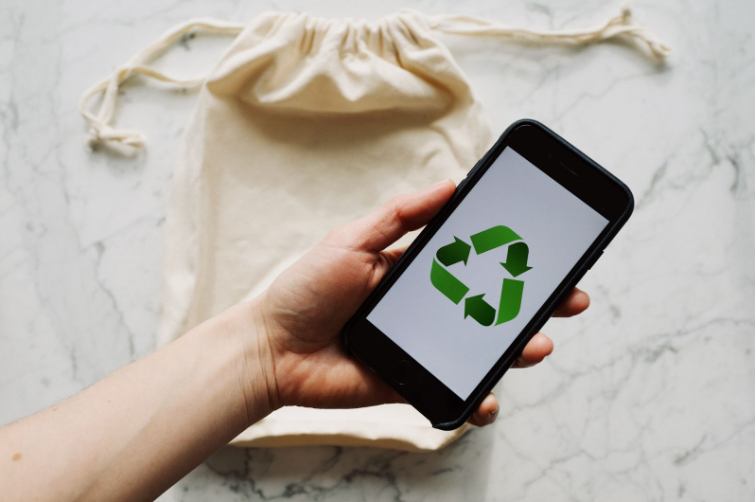No products in the cart.

The UN’s ‘Sustainable Development Goals’ & why they matter!
The Sustainable Development Goals, or SDGs, were unanimously approved by United Nations Member States in 2015, and set 17 targets for the world to reach by 2030 in order to eradicate poverty, safeguard the environment, and guarantee that everyone can live in peace and prosperity.
Here are the United Nation’s Sustainable Development Goals
GOAL 1: No Poverty
GOAL 2: Zero Hunger
GOAL 3: Good Health and Well-being
GOAL 4: Quality Education
GOAL 5: Gender Equality
GOAL 6: Clean Water and Sanitation
GOAL 7: Affordable and Clean Energy
GOAL 8: Decent Work and Economic Growth
GOAL 9: Industry, Innovation and Infrastructure
GOAL 10: Reduced Inequality
GOAL 11: Sustainable Cities and Communities
GOAL 12: Responsible Consumption and Production
GOAL 13: Climate Action
GOAL 14: Life Below Water
GOAL 15: Life on Land
GOAL 16: Peace, Justice and Strong Institutions
GOAL 17: Partnerships for the Goals
Imagine a world in 2030, where people with disadvantages & impairments are included in the goal for wellness. In September 2015, the General Assembly approved the 2030 Agenda for Sustainable Development.
While we have experienced unprecedented economic growth in recent decades and made significant strides towards solving a number of important development problems, these achievements have obscured significant flaws in our current development model. These flaws are causing a growing number of environmental and societal burdens that endanger our way of life and make the world a less viable place to do business.
The private sector is a crucial ally in achieving the Sustainable Development Goals. Businesses can make contributions as a by-product of their primary operations. We therefore urge businesses all over the world to assess the effects of their actions, establish challenging goals, provide transparent updates on their progress and use sustainable products.
Here are five mind-boggling facts that make the SDGs more relevant to meet the Sustainability Goals
- The last five years have been the hottest since records began.
- The world’s tropical forests are vanishing at a startling pace of 30 football fields per minute.
- Every year, eight million tons of plastic are dumped into our seas.
- More than 700 million individuals worldwide survive on less than $2 per day and experience extreme poverty.
- 785 million people are living without basic drinking water.
The SDGs will not be realised through business as usual. They call for the radical transformation of our key economic systems and unprecedented efforts from a broad range of stakeholders. Although no one nation has yet completed all of the objectives, many developed countries are close to meeting the 2030 deadline. The agenda is quite complicated because the objectives are all connected, which, in a sense, reflects reality. Businesses & organisations have a key role to play in the choices they make, from choosing to work with sustainable products and materials, and using sustainable packaging to formulating internal policies that support sustainability and equality.
Solutions for companies and organisations to support the SDGs:
- Taking care of their workers’ health and well-being (Goal 3).
- Being aware of the circumstances in which their supply chains function (Goals 8, 12).
- Being knowledgeable about steps that minimise their business’ carbon impact (Goal 13).
- Paying workers equitably and without regard to gender (Goals 5, 8).
- Providing leisure for employees to partake in social activities (target depending on type of engagement).
- Actively promoting the welfare of their neighbourhood (goal depending on the type of support).
India’s Commitment to Sustainability
India is a country with a growing population, rapid industrialization, and urbanisation, which have placed immense pressure on its natural resources. However, India has made significant commitments towards sustainability and green practices. Here are some of India’s key commitments to sustainability:
Sustainable Development Goals (SDGs)
India has adopted the United Nations’ SDGs and has set targets to achieve these goals by 2030. These goals focus on eradicating poverty, improving health and education, promoting sustainable economic growth, and reducing inequality.
National Action Plan on Climate Change
India’s National Action Plan on Climate Change (NAPCC) was launched in 2008. The primary objective of NAPCC is to reduce India’s carbon emissions by 33-35% by 2030.
Carbon Neutrality
India has committed to achieving carbon neutrality by 2070. This commitment is a significant step towards reducing the country’s carbon footprint.
Green Practices
India has implemented green practices such as tree plantation drives, water conservation initiatives, and sustainable transport systems. These green practices help reduce the impact of industrialization on the environment.
It is worth noting that India’s commitment to sustainability is not just limited to government policies and initiatives. The private sector is also taking steps towards sustainable practices. For example, many companies have shifted their focus to sustainable products & sustainable packaging, and implemented sustainable supply chains to reduce their carbon footprint.Know more about the goals and the plan of actions by the UN here.
At Verth, our mission is to support the global effort to build a better, more equal and eco-conscious tomorrow with sustainable products. Show Now!

